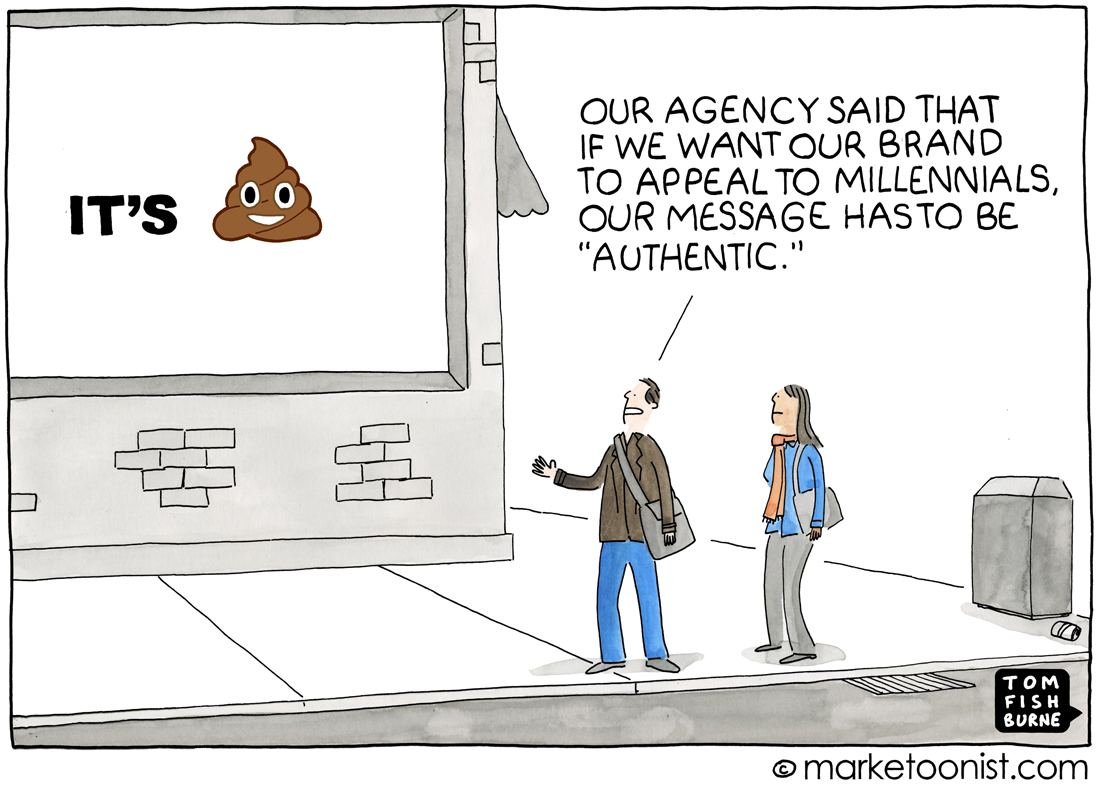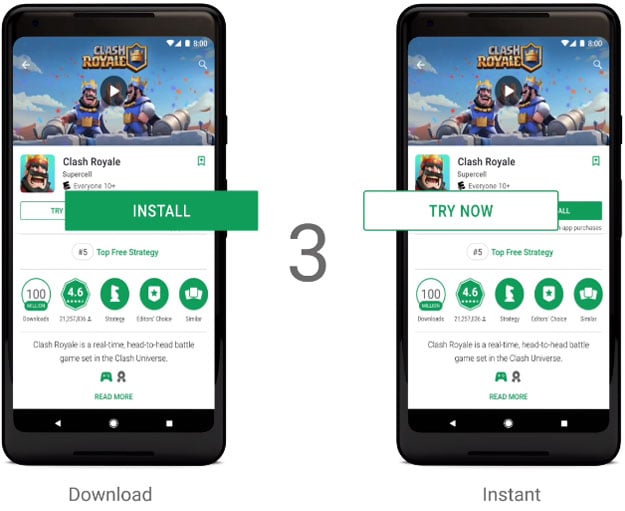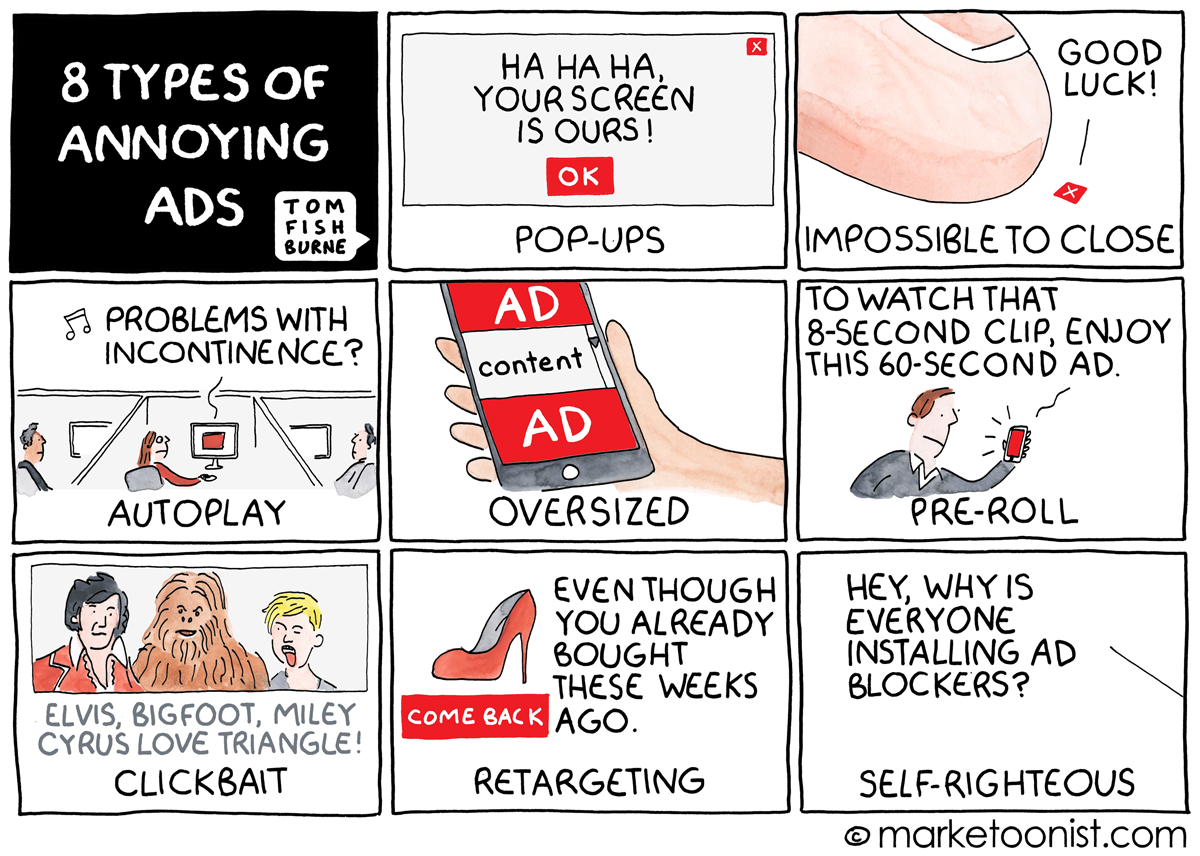
I faintly remember seeing the podcast app on my old Iphone many years back and heard about it again while watching Neil deGrasse Tyson mention his podcast, StarTalk (Wags also mentioned he has podcast as well). I did not give it much thought but again came across a recent article, which mentioned that the podcast is still well underway. You have to realize that podcasts appeared in the early 2000’s.

So, what are podcasts? A little research online indicates that they are audio files made by anyone a company or an individual (was mainly audio, but seems the definition expanded to include videos as well). These audio or video files are posted on the internet and provides a link called RSS which the viewer/follower can subscribe to using a ‘pod catcher’ app or program installed on their phone or desktop. Podcasts is basically an internet radio on demand, where the content can be anything from finance, world news to science.
![]()
The article refers to data from the Audio Intelligence Report by the UK director of content. Data shows that most podcast listeners in the UK tend to be millennials with 2/3 falling in 16-34 age bracket. Of this, 27% listen once a week, 29% 2-4 times a week, and 15% 4-5 times a week. Peak hour usage usually range from 19:00 to 22:00 and listeners tend to be in a relaxed environment with some even falling asleep listening to it! The report also indicates that these podcast listeners tend to use ad blocks but are more likely to pay for premium services especially ads they hear on podcasts.
This could be a great channel for marketers to reach their target audiences, especially millennials. So if you are a marketer what brand do you think will be successful with this target audience? But, also what are your thoughts on podcasts? I for one intend to give it a go, let me know below!

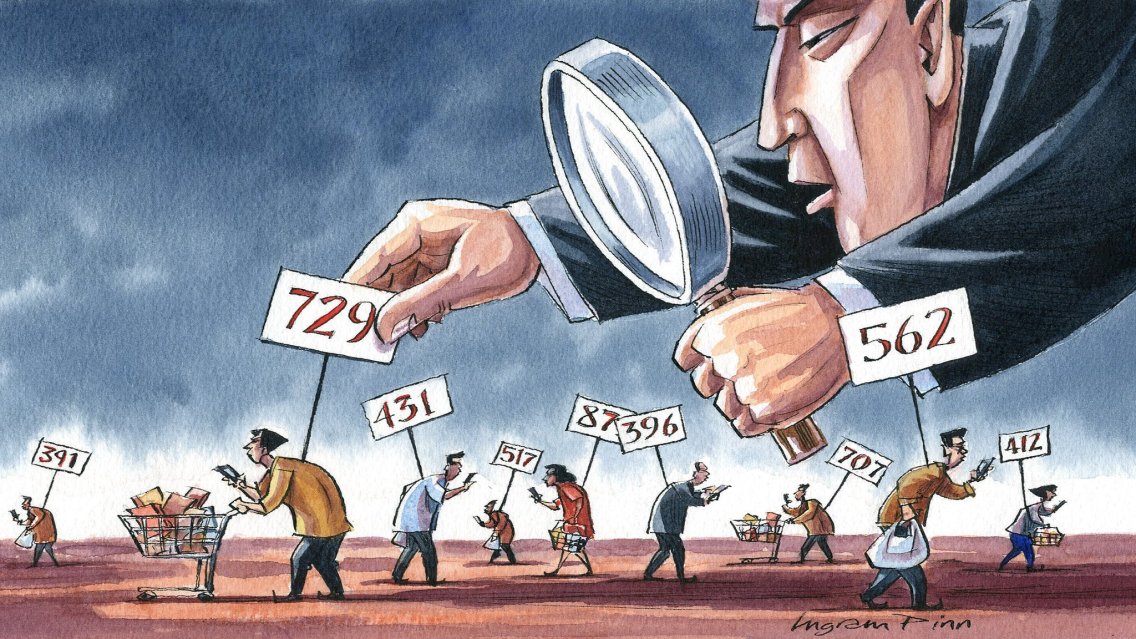


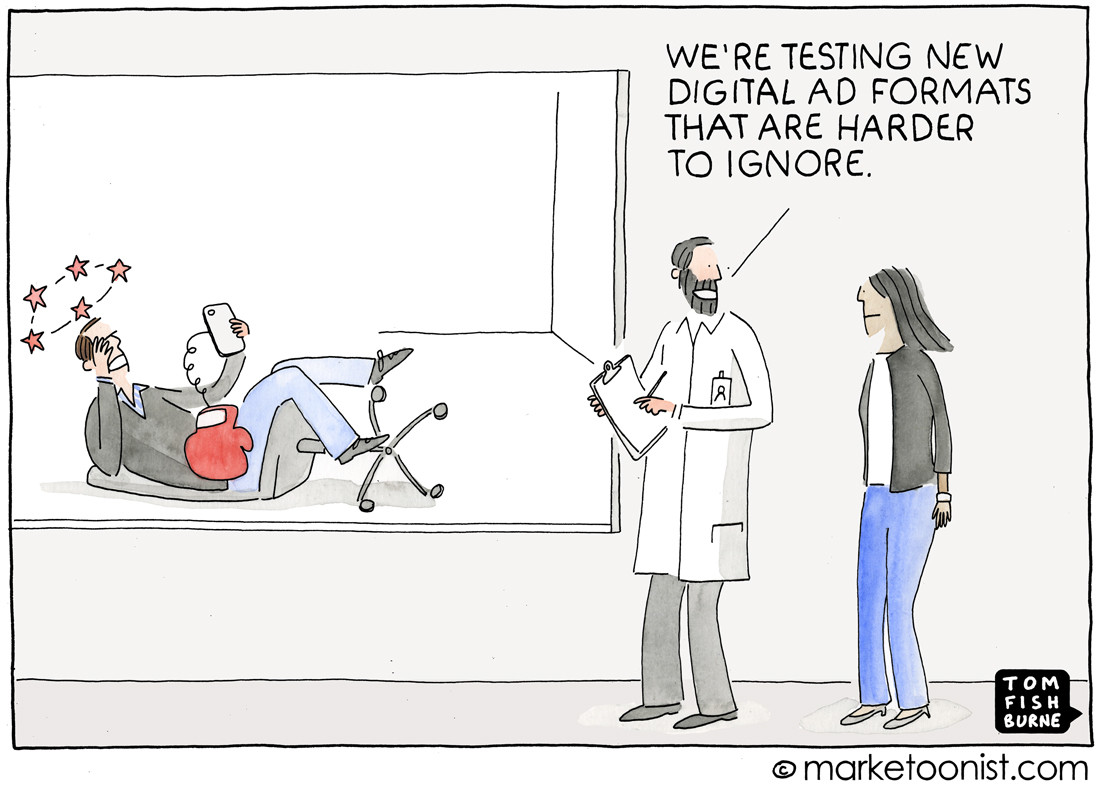
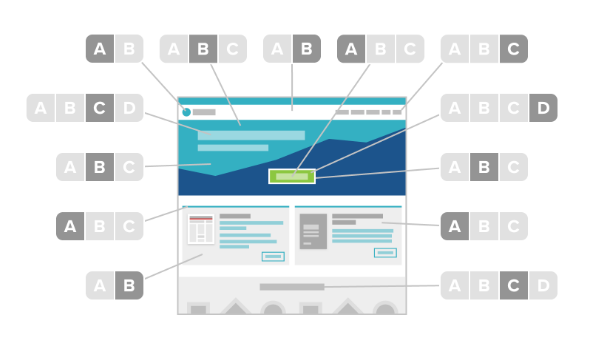

/cdn.vox-cdn.com/uploads/chorus_image/image/59158865/Car_Vending_Machine1.0.jpg)




